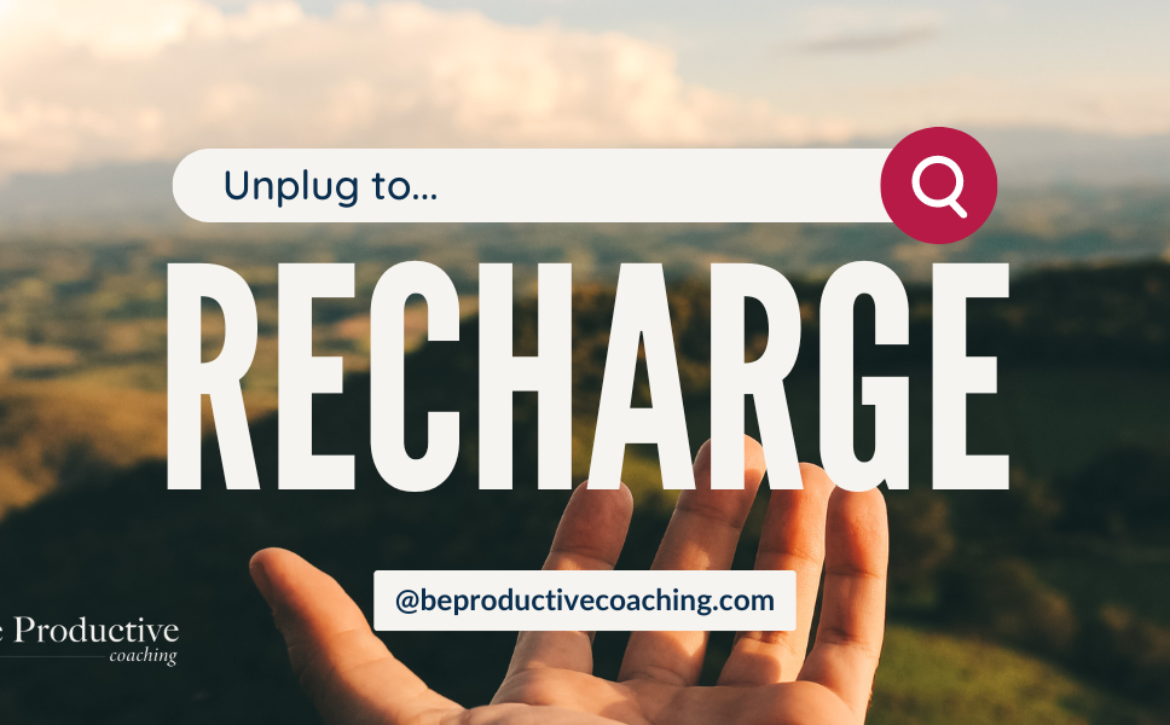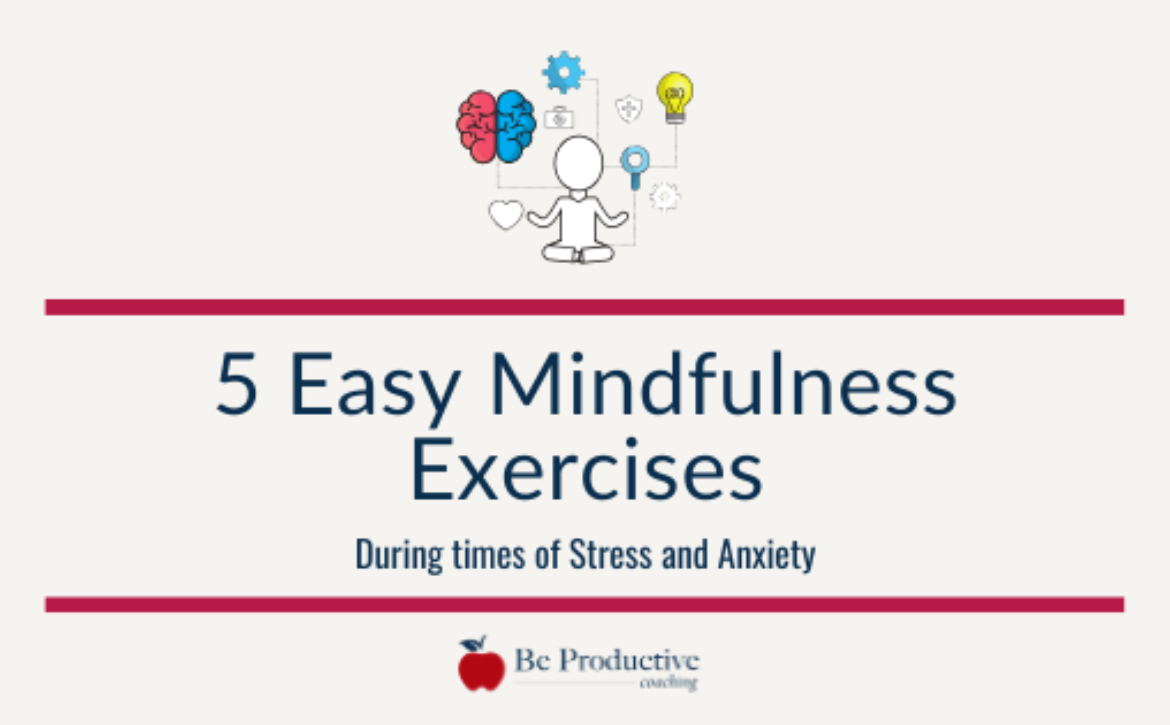Digital Detox: How Unplugging Boosts Mental Wellness and Productivity
Digital Detox: How Unplugging Boosts Mental Wellness and Productivity
In today’s fast-paced digital world, a “digital detox” is more than just a trend—it’s essential for improving mental fitness, boosting productivity, and enhancing overall well-being. But what does unplugging really mean, and why is it so essential today?
A “digital detox” isn’t about completely disconnecting. Instead, it’s about creating a healthier relationship with technology that allows us to benefit from it while avoiding the pitfalls of constant connectivity.
The Impact of Constant Connectivity on Mental Health
We live in an era of information overload, where devices constantly demand our attention. This digital noise can lead to:
- Cognitive Overload: Our brains struggle to handle the daily influx of information.
- Mental Health Strain: Constant connectivity can contribute to feelings of stress and anxiety.
- Productivity Challenges: Multitasking results in scattered attention and decreased efficiency.
- Social Disconnection: Despite being “connected” online, many feel increasingly isolated.
This “technostress” can lead to burnout, reduced creativity, and overwhelming fatigue.
Benefits of a Digital Detox for Enhanced Productivity
Taking a digital break offers several benefits:
- Enhanced Mental Clarity and Focus: Disconnecting helps declutter the mind, leading to sharper focus.
- Boosted Creativity: Stepping away from screens opens the door to fresh ideas.
- Improved Sleep Quality: Reducing screen time before bed improves sleep.
- Lowered Stress and Anxiety: A break from devices significantly reduces stress.
- Strengthened Relationships: Unplugging fosters meaningful face-to-face connections.
- Increased Mindfulness: Time offline allows for self-reflection and goal-setting.
Effective Strategies to Unplug and Reconnect
You don’t have to go entirely off-grid to benefit from a digital detox. Here are some tips:
- Set Digital Boundaries: Designate tech-free times, like during meals or the first hour of your day.
- Practice Mindful Tech Use: Be intentional with app usage and manage notifications.
- Engage in Offline Activities: Explore nature or pursue analog hobbies like reading or gardening.
- Start Small: Begin with short unplugging sessions and gradually extend them.
Overcoming Challenges of a Digital Detox
Unplugging can be challenging, but you can overcome obstacles by:
- Addressing FOMO: Remember that what’s truly important will still be there when you reconnect.
- Managing Work Expectations: Communicate unplugging plans with colleagues and set boundaries.
- Breaking Device Habits: Recognize that frequent checking is often a habit. Track usage to become aware of patterns.
Finding a Healthy Balance in a Tech-Dependent World
Technology is essential, but balance is key. To make unplugging sustainable:
- Create a Routine: Establish a “digital sunset” an hour before bed.
- Incorporate Mindfulness: Increase awareness of your tech use with mindfulness practices.
- Balance Work and Breaks: Use techniques like the Pomodoro Method to alternate focused work with breaks.
- Involve Your Community: Encourage family and coworkers to join you in unplugging.
Break Free from Digital Overload
In our hyperconnected world, unplugging is not just a luxury—it’s a necessity for maintaining well-being and productivity. Implement these strategies to create a healthier relationship with technology, allowing you to thrive both personally and professionally.
Remember, the goal isn’t to eliminate technology but to use it mindfully. Start small, be patient, and build habits that enhance your well-being in the digital age.
Ready to improve your mental health and productivity? Contact Be Productive Coaching today for personalized strategies on incorporating a digital detox into your life.
Please note: The advice in this article is for general informational purposes only and is not a substitute for professional medical advice or treatment.



